In Photos: Exxon Valdez Oil Spill
Exxon Valdez
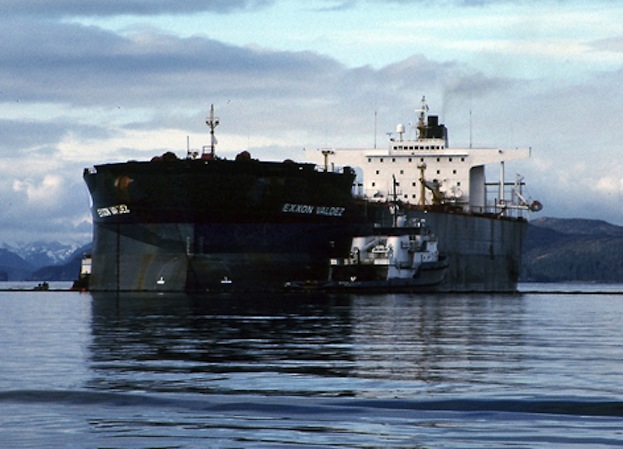
The Exxon Valdez tanker ran aground on Bligh Reef in Alaska on March 24, 1989, releasing nearly 11 million gallons of crude oil into Prince William Sound. It was the worst oil spill in U.S. history until the 2011 Deepwater Horizon spill in the Gulf of Mexico.
Navy Cleanup
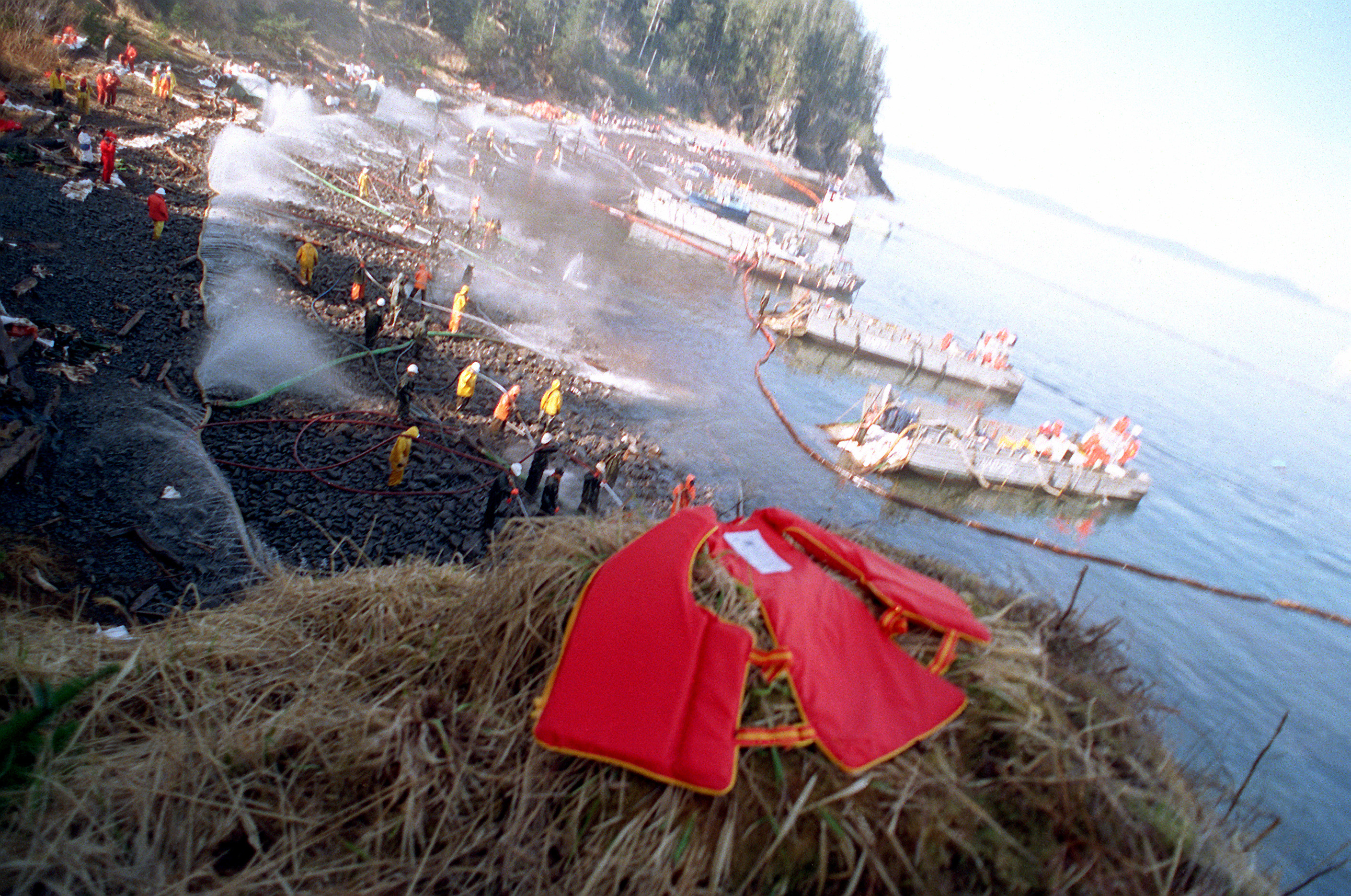
Navy and civilian personnel position hoses during oil cleanup efforts on Alaska's Smith Island on May 11, 1989.
Prince William Sound
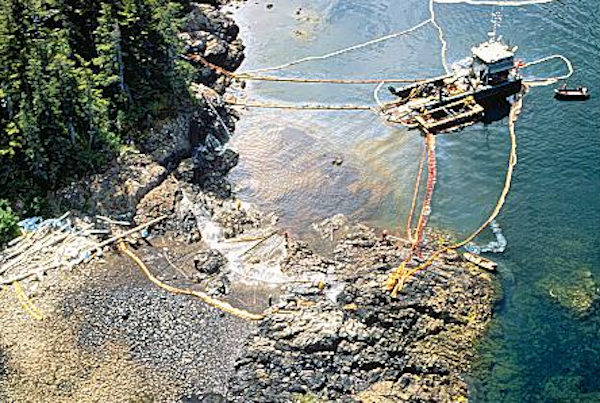
Spill workers use a barge with water tanks to clean a beach along the Prince William Sound.
Spill Map
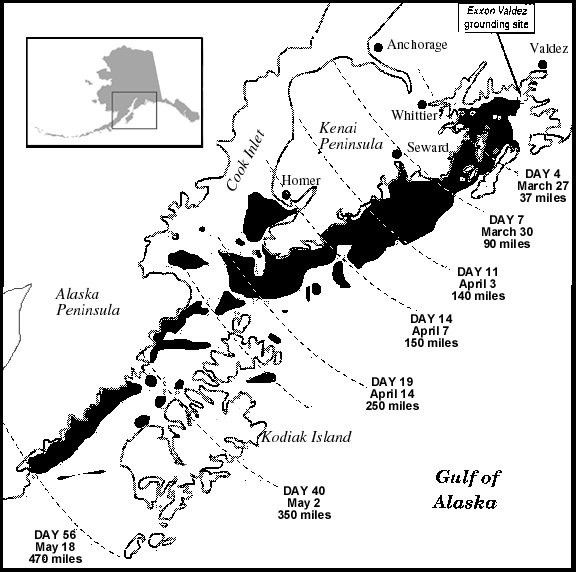
This image from the 1993 State On-Scene Coordinator's Report shows where oil spread from the Exxon Valdez spill.
Exxon Valdez oil

Oil from the 1989 Exxon Valdez spill trapped between rocks on a beach in the Gulf of Alaska, more than 20 years after the spill.
Oil Remains

Heavy residual oiling was found in sediments of Smith Island as recently as June 2011.
Oiled rock
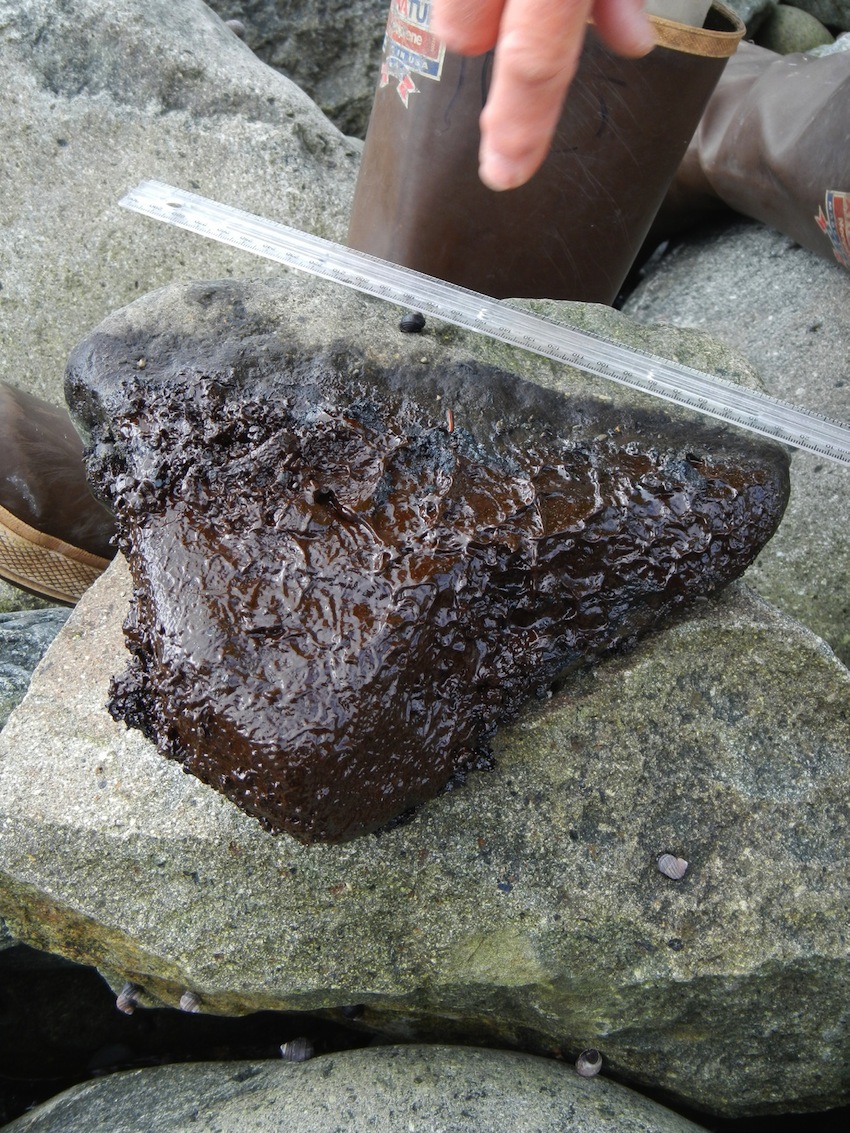
Scientists measure oil on small stones between boulders on beaches in the Gulf of Alaska. The rocky, high-energy coastlines southwest of the 1989 Exxon Valdez oil spill contain small remnants of the spill which appear to be protected by a stable boulder and cobble “armor”, according to researchers.
Get the world’s most fascinating discoveries delivered straight to your inbox.
Hot Water Hose
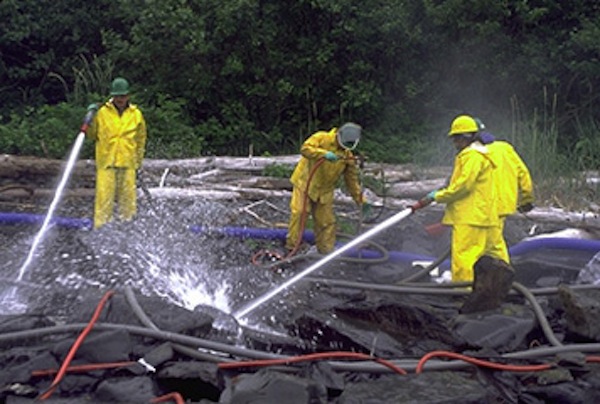
High-pressure, hot water washing is used cautiously because it can injure and kill plants and animals in the treated area, as environmental officials confirmed after the Exxon Valdez spill, according to NOAA. Cleanup workers often combine this technique with other methods like containing and collecting oil so that it doesn't disperse elsewhere.
Killer Whales

Killer whales swim in the Prince William Sound alongside boats skimming oil from the Exxon Valdez oil spill. A 2008 study found that two groups of whales that swam through the spill suffered population losses up to 41 percent in the year after the disaster.



